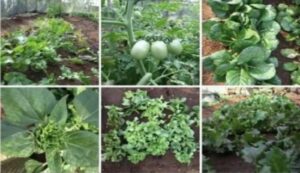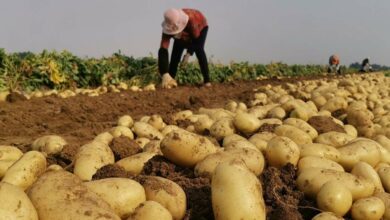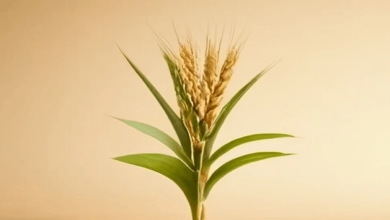Sowing these vegetables on the field boundary will double the profit at a low cost
Have you ever considered cultivating crops on the ridges? Up until now, you must have observed a lot of farming taking place on the level areas. If not, give it some thought right now. These farmers are making twice as much money from the same harvest by growing veggies both in the fields and on the ridges. Farmers may easily grow beetroot, radish, cabbage, and cauliflower on the remaining area, or the ridges, in addition to garlic throughout the winter. By doing this, farmers gain from growing other crops in addition to garlic, and garlic yield is not decreased.

How are ridges used for farming?
Ridge farming is somewhat of a plus. It is crucial in this farming to choose crops based on the season. In order for the roots of the crops to spread out properly, the soil on the ridge should be ordinary rather than very thin or high for ridge farming. Planting crops on high ridges does not promote good crop growth. Consequently, the ridge’s height should be limited to one and a half to two feet.
Grow these crops here.
These crops are easy to choose for winter cultivation on the ridge. The first crop is cabbage, which many farmers prefer to cultivate on the ridge since it thrives there. By the way, you can easily grow cabbage, carrots, beets, and radish here if you’d like. Ziaul Haq, a farmer who lives in Sheikh Dahir in the Bahraich district, has been cultivating on the ridge for a number of years, which has allowed him to make decent money.
On the hills, maize may be grown.
Growing maize can shield the crop from harm brought on by too much rain. Crop damage from water logging may be avoided by using a drain between two rows for drainage in the event of significant rainfall. Additionally, the crop often stays steady even in heavy winds because of the vacant area between the two rows. Crops grown on ridges maintain their health because they get enough sunshine and air, which improves quality, yield, and productivity.





